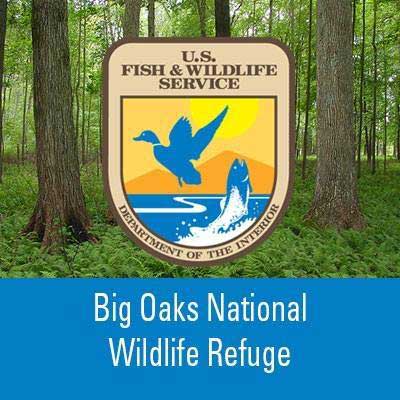Radioactive Waste 404 - U.S. Converting Old Weapons Complexes Into Wildlife Refuges - Part 2 of 3 Part
Part 2 of 3 Parts (Please read Part 1 first)
David Havlick is a professor at the University of Colorado at Colorado Springs. He has carried out a study of the conversion of areas from weapons development to wildlife refuges. He said, “They would be worse if they were surrounded by a fence and left off-limits for decades and decades. That said, it would be better if they were cleaned up more thoroughly.” Researchers have not studied the risks to the health of wildlife at the sites as extensively as they have risks to the health of human beings, but some problems have been reported.
At least thirty of the over five hundred and sixty refuges managed by the wildlife service were used for military use or weapons development. In most cases, these uses were conventional and not used for nuclear or chemical weapons development.
Many of these conversions were carried out after the first and second world wars. It was considered to be a cheap way to increase the national wildlife refuge system. This was especially true in urban areas which usually have little open space that is not in use. When the Cold War ended with the dissolution of the Soviet Union in 1991, more surplus military sites were earmarked for conversion to wildlife refuges. Some of these sites were the most heavily polluted sites in the whole U.S. but they contained large areas where scarce habitats could be found.
Most critics agree that the conversion program for the creation of wildlife refuges is worthwhile, but the natural beauty may hide severe environmental damage. Parts of those areas are off limits because of the danger to health not because they are wildlife refuges. Havlick said, “It's not because the Department of Defense has some ecological ethic.”
Adam Rome teaches environmental history at the State University of New York at Buffalo. He says that it is cheaper to convert a heavily polluted weapons production facility into a wildlife refuge than to clean it up enough to be safe to build homes, schools and businesses there. He also said, “In some cases, they could have conceivably made the site into something that was economically valuable but that would have cost more.”
The Rocky Mountain Arsenal (RMA) in Colorado has been held up as an example of the problems with a cleanup that claims to be safe for animals but might not be safe for humans. The RMA is about ten miles from downtown Denver. It was once horribly polluted by chemical weapons development and commercial pesticide manufacture. After a cleanup that cost around two billion dollars, the site became the Rocky Mountain Arsenal National Wildlife Refuge. It contains twenty-four square miles of beautiful prairie where visitors are permitted to drive or hike.
Some areas of the RMA are still off limits to the public. Some of these are special landfills which were used to dispose of contaminated soil from the cleanup. It is forbidden to eat fish or game from the RMA. There are still operating treatment plants there that are removing contaminants to keep them out of the groundwater that supplies domestic wells.
Please read Part 3 next
